I am a new enthusiast to MOSFETS. I am trying to use a MOSFET to switch on and off a electromagnet that draws 5 amps at 1.2 volts using an Arduino. The circuit I am using has a diode going from the negative to the positive terminal of the electromagnet. The positive terminal of the electromagnet is connected to the positive terminal of the power supply and the negative terminal of the power supply is connected to the ground of the Arduino and the source of the MOSFET, as well as with a 10 kiliohm resistor to pin 13.
Pin 13 is connected to the gate of the MOSFET and the drain of the MOSFET is connected to the negative terminal of the load.
I have been using two different MOSFETs: the Silikron SSF1010 - http://www.silikron.com/upload01//SSF1010%20V2.2.pdf (datasheet), and the IXYS IXTP130N15X4 - https://www.littelfuse.com/~/media/electronics/datasheets/discrete_mosfets/littelfuse_discrete_mosfets_n-channel_ultra_junction_ixt_130n15x4_datasheet.pdf.pdf (datasheet). When the electromagnet is in the switching circuit using the silikron MOSFET, the electromagnet draws 5 amps at 1.2 volts when the MOSFET is on. However, when I use the IXYS MOSFET, the electromagnet only draws 3 amps at 3 volts when the MOSFET is on. I have compared the datasheets, and cannot come up with the reason why. What is the difference between these two MOSFETS? Any help would be greatly appreciated!
